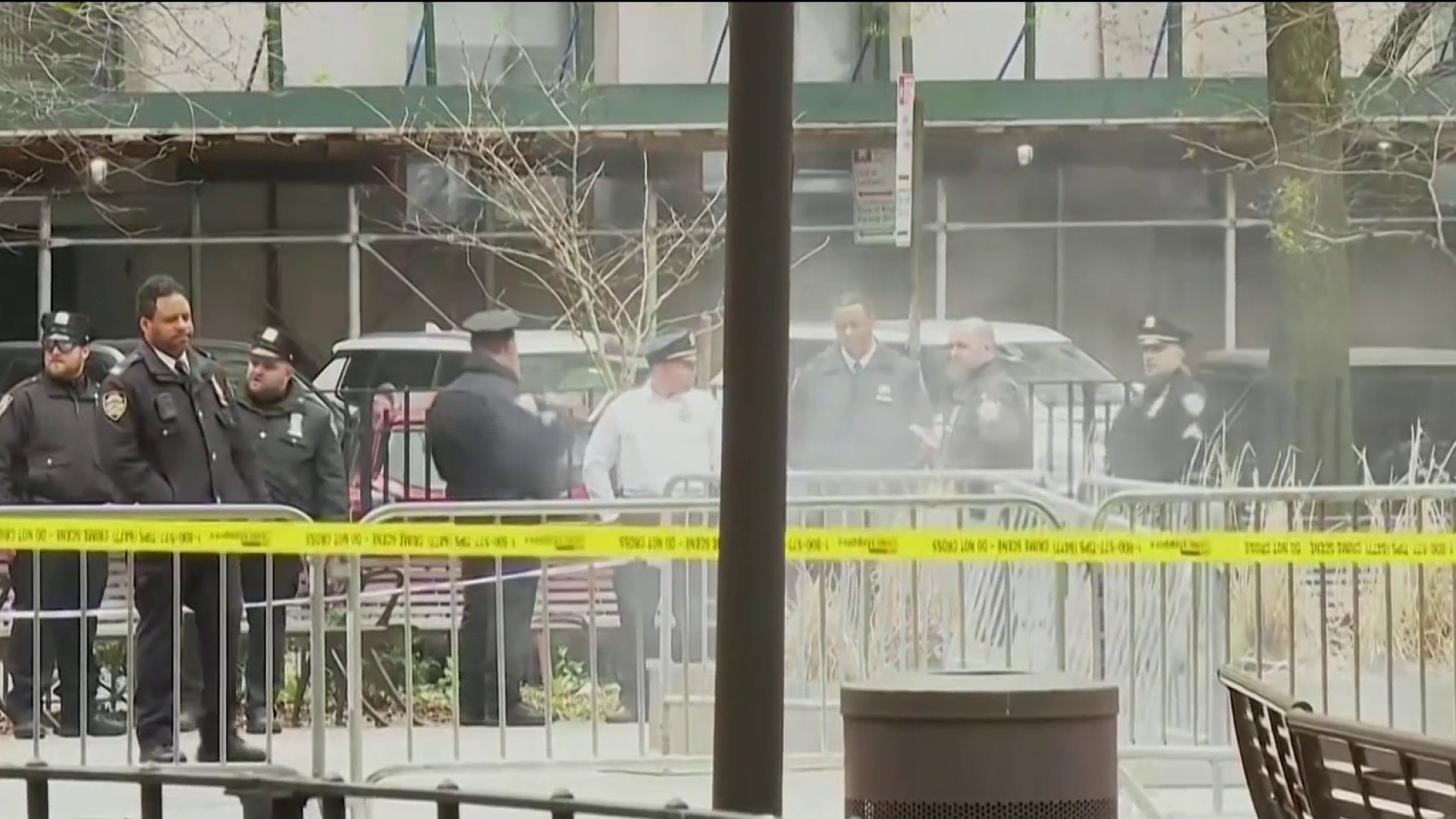Even as stocks blow below their November lows, analysts are beginning to gear up for a net gain in the markets this year.
While forecasting anything positive in equities amid so much bad news is a risky venture, many investment pros see more sentiment to the buy side than the sell side longer term.
In fact, they think a takeout of the November lows could be a necessity to pave the way for an eventual rally that will come with or without financials.
The sector historically is considered a leadership group to guide Wall Street out of bear markets, but this time around analysts are looking at technology, health care and small caps to show the light.
"I think we're peeling back the layers of the onion," says Tom Sowanick, chief investment officer at Clearbrook Financial in Princeton, N.J. "Every day I think we're starting to knock down another brick in the wall of uncertainty with respect to the fiscal stimulus and the financial rescue package."
While there's considerable disagreement over whether the Obama administration has done enough to instill clarity about its plans to help the economy, there is growing certainty that the market is moving toward the second portion of a double-bottom that will lead to a move higher.
Goldman Sachs analyst David Kostin last week said he was lowering his full-year S&P forecast to 940 from 1,100--a significant drop but still a number showing a 20 percent gain from current levels.
Some market experts weren't completely on board with the magnitude of that gain, but felt the market does have a significant surge in its grasp.
U.S. & World
"I think we'll end up higher from here--75 points (on the S&P) by the end of the year," says Dave Rovelli, managing director of US equities for Canaccord Adams in New York.
Rovelli is a good deal more cautious than those who expect a major rally, and even a bull like Sowanick thinks the rally will be limited to maybe 910 on the S&P. Sowanick prefers high-yield corporate debt until spreads tighten and the market moves.
"Basically there's so much uncertainty and clouds, no one knows what's going on," Rovelli says. "This is the worst scenario since I've been alive, I don't care what anybody says."
Reason for Hope
Yet there were several factors that optimists pointed to as encouraging signs.
One was the market's avoidance of a total washout Friday following news that the government was upping its common-share stake in Citigroup and a sharp downward revision to gross domestic product.
The market took out another key psychological level Monday as the Dow fell below 7,000, but traders were hoping the S&P would be able to defend 700 after failing to support 741.
"The market appears to have held some important ground as measured by the S&P," Sowanick says. "It does hopefully portend that we're struggling to put a bottom in and the struggle will be won."
Indeed, even during the sharp downtrend of the past month that has been led by a washout in financials, the volume has been fairly tepid.
"What I see is the absence of the powerful downward pressure," says Jordan Kimmel, fund manager at Magnet Investing in Randolph, N.J. "This is more of a buyers' strike than a liquidation and maybe it's more delevering, which is a relief from the liquidation period."
A rally led by technology, health care and commodities is in the offing, says Kimmel, who believes the market has been in a self-fulfilling downward spiral since the collapse of Wall Street investment banking giant Lehman Brothers in September.
"Very few people can catch the absolute low, and there's a zone of valuation where you want to be buying and zone where you'd rather be a seller. This is definitely an accumulation area and people should be buying," he says.
Yet there remains pessimism.
Matthew Tuttle, president of Tuttle Wealth Management, had been calling for the Dow industrials to hit 7,200 sometime in the near- to mid-term but was stunned to see it happen so quickly.
That makes him think there could be plenty to fear left in the market and is causing him to be resistant to calling long-term trends. His investment strategy has been to nimbly move between exchange-traded funds both short and long the market depending on near-term trends, and it's a strategy that's worked well so far this year.
He sees stocks breaking through the November lows, but doesn't have a lot of confidence that a move higher is assured.
"I do think, unfortunately, we will do it unless the administration can get their act together and come out with statements and policies and details that are market-friendly," Tuttle says of breaking the low. "If not, the banks are going to continue to deteriorate and we're going to keep hitting our head on that (S&P) 741."
But those taking a longer view generally like what they see, even if it's hard to imagine now.
"I feel convinced we end the year higher and people will look back at this point similar to $10 oil," Kimmel says. "The people who are accumulating here are going to look very smart two and three years out, but maybe not this month."
For more stories from CNBC, go to cnbc.com.



